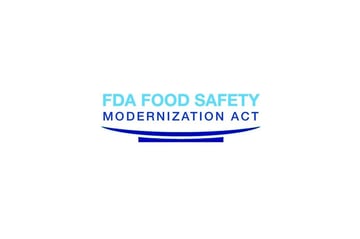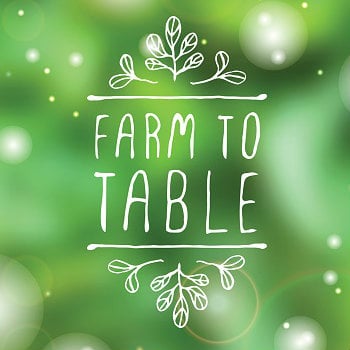Advances in technology have a way of changing how nearly all industries operate; the food industry is no exception. With the growth and availability of the Internet of Things (IoT), the food industry is in line for some major shifts—especially when it comes to trends in food safety.
If you aren’t familiar with IoT, it’s the principle of using existing network infrastructure to connect sensors and devices for data collection purposes. (Check out this thorough explanation of IoT.) Essentially, IoT creates opportunities for the physical world to be further integrated into computer-based systems. And although the term was coined more than 15 years ago, the benefits of IoT and the availability of real-time data are only just recently beginning to join the mainstream.
What does this have to do with food industry trends? Here are three ways we expect to see IoT have an influence:
1. Temperature Monitoring
It’s no secret that temperature is a crucial component of food safety and quality. And even when you take all the necessary precautions, the slightest error or equipment malfunction could mean major product loss.
Thanks to IoT, food service professionals can use probes and sensors to monitor temperature and collect real-time data throughout the transportation process. This allows food safety professionals to monitor product from start to finish, ensuring that standards are always met. With real-time data constantly transmitted, food that doesn’t meet temperature standards is instantly identified and discarded before it has a chance to cause harm.
And temperature monitoring isn’t just important for food in transport. IoT also allows for better temperature monitoring for foods in restaurants, buffets and grocery store hot bars. If and when food becomes unsafe for service, monitors can alert employees immediately.
2. Warehouse Monitoring
Similarly, food also can be monitored through the warehouse stage so providers can track the quality and availability of their supply. With IoT, variables like light exposure, location and proper handling can be traced to the second. If anything goes wrong with the food—whether it’s something as serious as a food safety issue or as inconvenient as a damaged product—the exact problem can be identified and resolved.
3. Improved Administrative Automation
With the availability of so much real-time data, workers at each stage of the supply chain will have to maintain diligence and follow regulations or monitoring devices will expose inconsistencies. But since cloud-based recordkeeping also takes out much of the human effort involved with paper-based logs, employees can focus less on menial tasks and more on meeting standards.
These are just some of the ways IoT is affecting the food industry, but we fully expect more and more uses to develop in the coming months and years. Thanks to benefits in safety, efficiency, accuracy and quality, IoT can modernize and revolutionize the entire food industry—and make life easier for all of us.
Food industry technology will not only make your job simpler, it can also improve your organization’s bottom line. Want to learn more? Check out our free guide, Selling the C-Suite on Supply Chain Traceability Software.
Tag(s):
Food Safety
Other posts you might be interested in
View All Posts
Supplier Compliance
4 min read
| November 24, 2015
3 Tips for FSMA Readiness
Read More
Food Industry
6 min read
| September 8, 2016
How Transparent Are Restaurants on Food Safety?
Read More
Traceability
4 min read
| February 24, 2016


